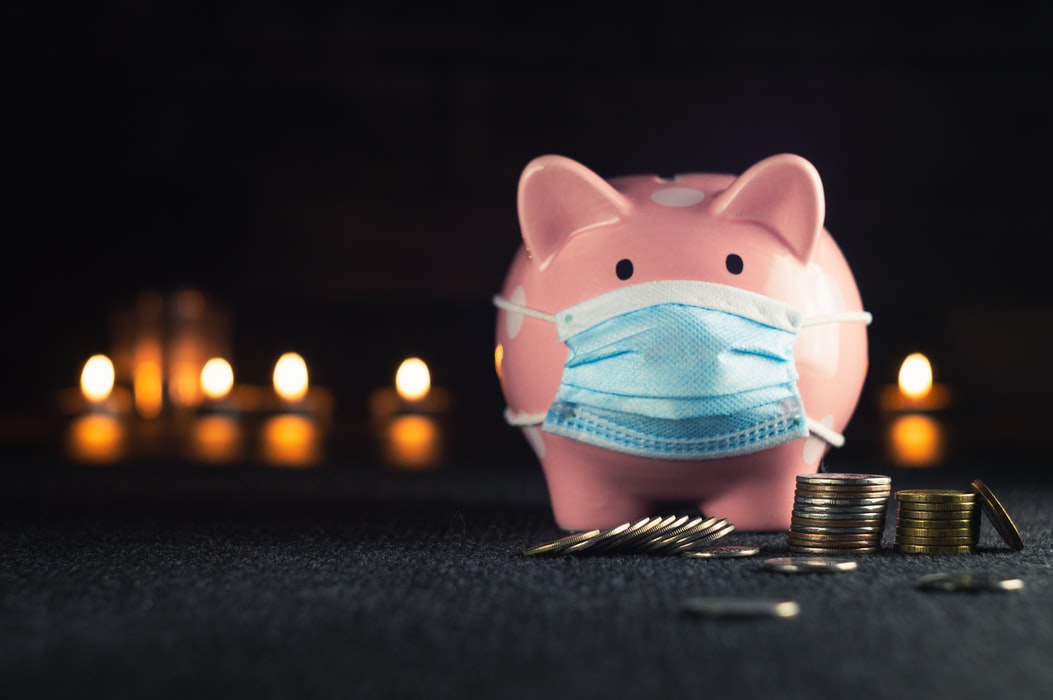According to the Giving USA report published on June 16, 2020, individuals, bequests, foundations, and corporations contributed nearly $450 billion to US charities in 2019. Measured in current dollars, it was an increase of 4.2% over the total of $431.43 billion contributed in 2018.
To grow effectively, you must not stop at ensuring one-time donations. Only a robust stream of recurring donors can bring growth for your nonprofit and help you plan for the future and prepare a viable blueprint of incremental development.
When it comes to charitable giving regularly, 4.3% of people give to more than six nonprofits, 3.4% give to five nonprofits, 5.6% give to four nonprofits, 21.3% give to three nonprofits, 36.9% give to two, and 24.4% give to one. Only 4.1% of overall donors don’t give regularly to nonprofits.
Here, we look at some of the strategies that have proven effective and efficient in building a foolproof stream of recurring donations.
- Translate Dollar Amounts into its Material Value
It always helps motivate a donor to continue with their donations if they get to know the tangible value of their donated amount. Rather than limiting yourself to a dollar amount, make it easier for your donor to understand the value their donation is bringing. Let’s look at the example of Unicef USA in this regard. Unicef is a global leader when it comes to charitable work. Not only is it rated one of the best charities to donate to, but less than 3% of every dollar that Unicef spends goes towards its administrative costs.
On its “Guardian Circle” donations page, a donor can see that the $20 they donated will fetch warm blankets for 3 children. A donation worth $30 will buy a field worker a first-aid kit, and a contribution worth $50 will bring diapers and vaccines for a newborn baby. Once a donor knows sees the tangible power of their donation, they’ll feel motivated to donate more regularly.
- Communicate via Multiple Channels in Order to Boost Retention
As was observed in a statistical study, nonprofits that went from communicating with donors in just one channel to communicating in two or more ways retained a median of 12 percent more donors than they did previously. On the other hand, nonprofits that cut back to a single communication channel from two or more saw their donor retention rates fall by a median of 31 percent. Keeping this fact in mind, try to explore multiple ways of communication that may include e-mails, voicemail, direct mails, text messages, social media posts etc.
- Treat Recurring Donors Differently
Donors don’t expect a material return in exchange for their donation. This is why you should build ways to incentivize them in an intangible way. Treat the recurring-giving community differently from your one-time donors by creating separate communication channels so that you can send them more frequent and personalized communications, thanking them for their recurring donations and telling them about the impact their dollars are making.
You can also treat recurring donors differently on public-facing platforms as well, which may help motivate one-time donors to become recurring. Let’s look at the example of Unicef USA again.
Those who make donations worth $10,000 or more, annually, create Unicef USA’s humanitarian circle. There are sub-segments within their donor base that recognize and appreciate the efforts of the regular donors of different scales. For instance, people donating between $10,000 and $24,999 are recognized as Advocates. Donors contributing amounts falling anywhere between $25,000 and $49,999 are recognized as Protectors. The scheme has several other levels keeping up with the increasing amount of donations. Some Champions donate between $50,000 and $99,999. Even if your nonprofit doesn’t have regular donors who are able to donate these amounts, you can still recognize your recurring donors by assigning an exclusive name to them and recognizing them on your website, in emails, on your social media, etc. This recognition may motivate others to upgrade to recurring donations.
The key strategies to boost your recurring donors are focused on the notions of impact, recognition, and communication. Help your donors see the tangible impact their recurring donations make. Explore multiple communication channels to remain in touch with them. And, finally, recognize them in more than one way, both by tangible and intangible means, for the support they are providing.




 The Best SEO Practices for Nonprofits
The Best SEO Practices for Nonprofits